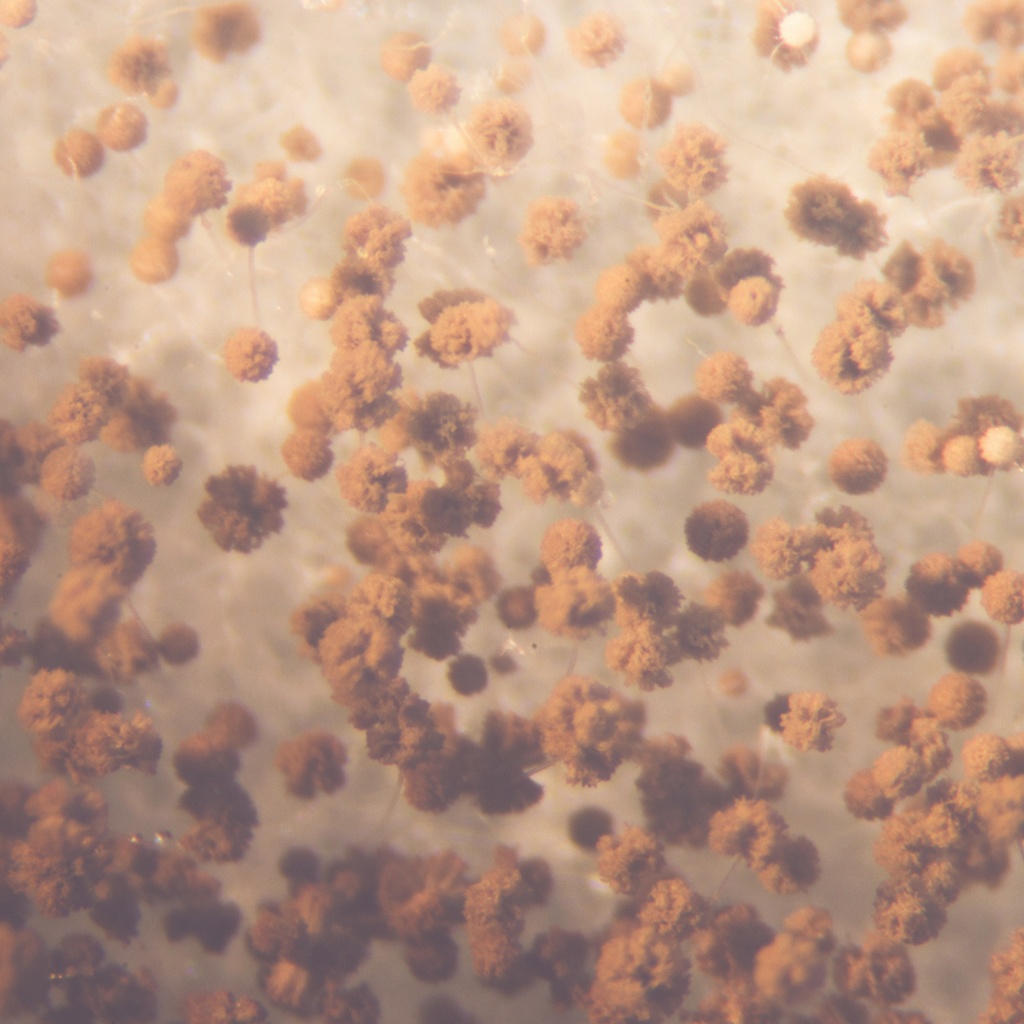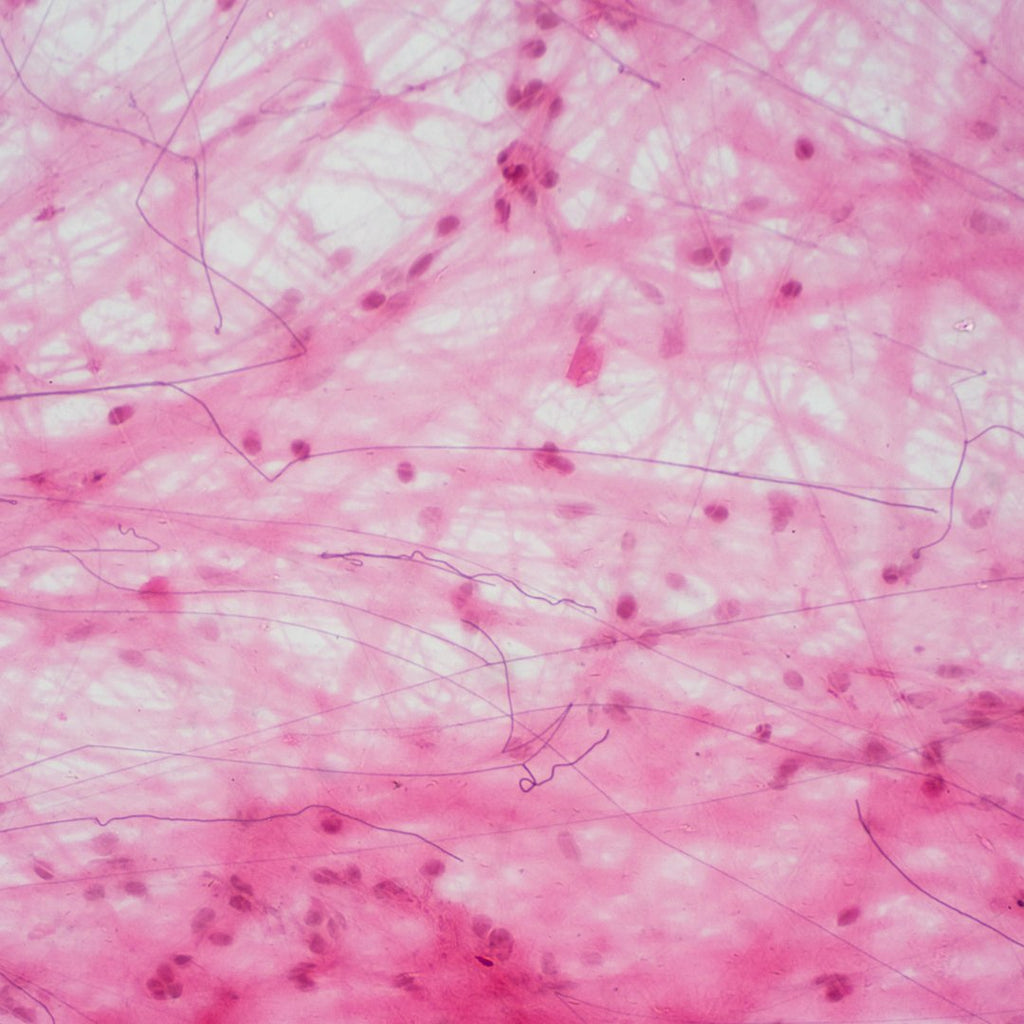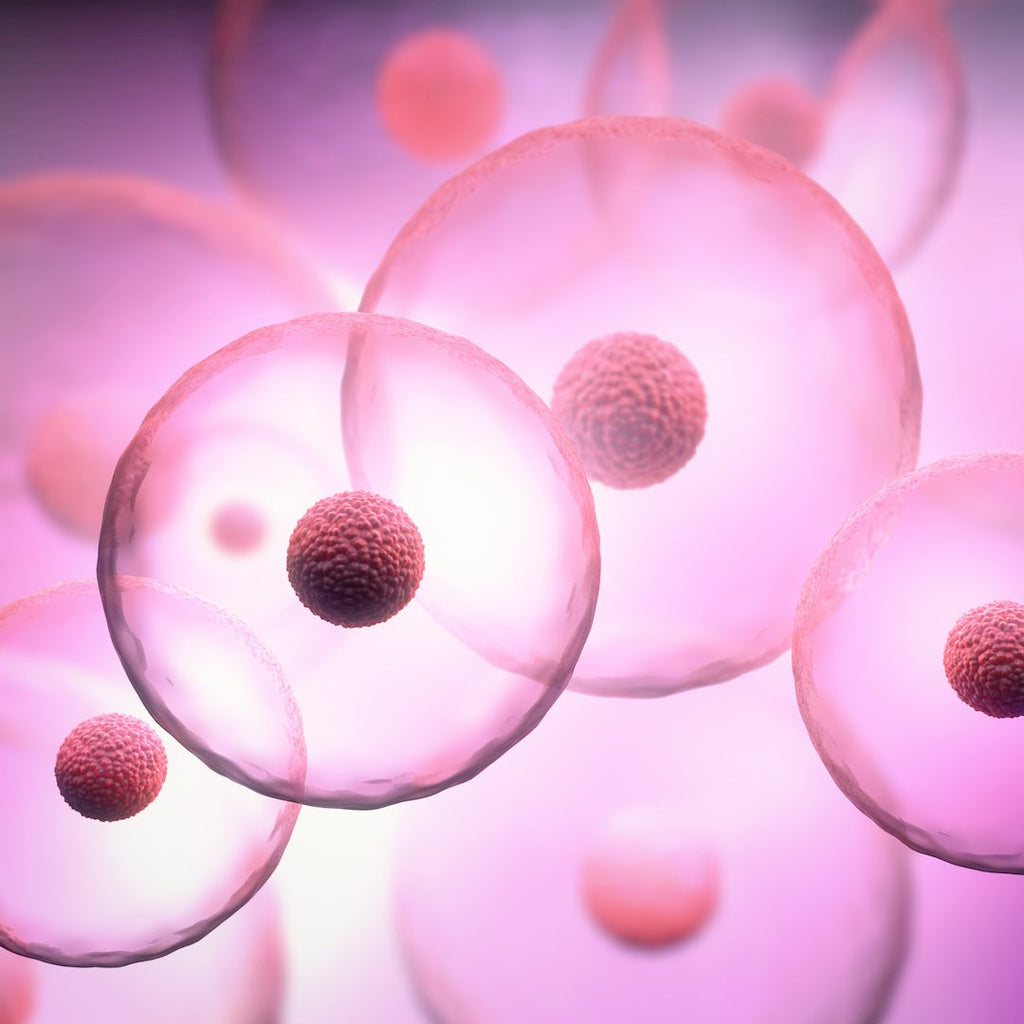As a nutrition and health practitioner it is easy to feel like you need to be an expert in almost every branch of science related to human biology. Whether it’s discussing a complex medical condition and the various allopathic medical treatments available, attempting to get your head around the impact of specific biochemical pathways or genetic polymorphisms on health, or unpicking the ‘truth’ behind bioavailability claims on various supplements, it’s not uncommon for us to flip from ‘being’ medics to biochemists to geneticists and even pharmacologists minute to minute.
Yet, despite our breadth of awareness and very impressive knowledge base, we are more often than not forced to trust and rely on the information given to us, either by our educators, or the companies making the ‘best, most bioavailable, clinically effective’ supplements we recommend. You can be forgiven for, at times, feeling completely overwhelmed and opting for your well known, tried and tested, ‘safe’ supplement recommendations above trying to decipher if the 93rd magnesium formulation released this month is really going to be any better than the one you currently use. Sometimes good enough is perfectly ok, and often over-hyped expensive supplements with pushy sales messages aren’t going to offer you anything more than choosing the right form of the nutrient for the right indication. Yet, there are a number of nutrients out there that, shrouded in a veil of BIG bioavailability claims, do require a little care and consideration in order to understand how to get the most for your money, in terms of clinical benefits offered. Understanding nutrient bioavailability is a frustrating and often intentionally confusing area of nutrition science, as companies can pick and choose the numbers they quote to manipulate their marketing message to their advantage and make their product seem even better than the other supplements available. Here at Igennus we tirelessly sift through the claims and the science to get right down to the data when deciding which products to add to our range; most recently we have been focusing our efforts on curcumin to get to the bottom of the claims everyone seems to be making about how amazing the bioavailability of their formulations is, so we can be sure Longvida Curcumin really is the market leader we believe it to be.
During this process we have come across a few pearls of wisdom that we’d like to share, in order to help you easily compare, decipher and trust the claims made on various products and be knowledgeable and empowered to make the right choice for your clients. So over the next few paragraphs I will clarify what the various numbers mean and explain how you can do your own calculations on all nutrients in the future in order to determine which really are better.
Understanding bioavailability terminology
Bioavailability – the proportion of a drug or other substance which enters the circulation when introduced into the body and so is able to have an active effect.
Absorption – the process by which one thing absorbs or is absorbed by another.
Bio-active/active – (of a substance) having a biological effect.
Concentration – a measure of the amount of dissolved substance contained per unit of volume
Cmax – is the maximum (or peak) serum concentration that a drug achieves in a specified compartment or test area of the body after a single dose of drug has been administered.
Tmax – time taken to reach Cmax
AUC – (Area under the curve) – is the area under the curve line in a plot of drug concentration in blood plasma vs time. The area under the plasma drug concentration-time curve (AUC) reflects actual body exposure to drug after administration of a dose of the drug. The area under the curve is dependent on the rate of elimination of the drug from the body and the dose administered.
Half-life – (usually written as T1/2) is the time required for a quantity to reduce to half its initial value. The biological half-life or terminal half-life of a substance is the time it takes for a substance (for example a metabolite, drug, signalling molecule, radioactive nuclide or other substance) to lose half of its pharmacologic, physiologic, or radiologic activity.
When it comes to discussing nutritional supplements these terms are often used interchangeably without clarification, often making it very hard to decipher which is being referred to. In most cases products compare themselves to ‘standard curcumin’ meaning a non-optimised, turmeric-only formulation. It is well established that the curcumin in turmeric is poorly absorbed, with bioavailability studies often failing to show any measurable curcuminoids (the active components) reaching the blood when a single dose of standard curcumin is given. As such, it is often assumed in comparison studies that the Cmax, AUC and therefore absorption and bioavailability is less than 1 – i.e. it can’t be measured exactly but it does not reach 1. As you can see, this sets us up for ambiguity as it is very difficult to compare the relative bioavailability of two very different nutritional formulations when one does not have an absolute value with which to work. In most cases, companies use 1 as the value for standard curcumin’s bioavailability, so their comparisons actually come out slightly less favourable than if the exact value could be obtained.
So what do these numbers really mean?
The quoted ‘2000% better’, ‘x 185 better’, ‘x 285 more bioavailable’, etc. are usually stated in relation to either the Cmax or AUC of a product, meaning they are looking at peak plasma levels or total time the active substance is present in the blood. Now as you can imagine when comparing any value to less than 1 you are going to get quite an impressive improvement and this number itself can be manipulated again to seem better than it is. For example, if you took 5g of turmeric and your plasma levels of curcuminoids were determined to be <1 µg/ml of blood, then you took another ‘optimised’ formulation that elevated your plasma levels to 3 µg/ml this would be at least x 3 better, which could also be quoted as 200% better – which at first glance looks quite impressive. So if the formula elevated your levels to 20ug/ml compared with <1 this is 2000% better. What this number doesn’t tell you is the length of time the curcuminoids remain in circulation and therefore have the power to be biologically active. It is all well and good elevating the peak plasma levels of curcuminoid by 200% but if those curcuminoids are only hanging around for 7 minutes, is this really going to make much of a difference to the benefits obtained?
So, we need to not only think about how much the formulation increases active substance availability but how long it stays elevated for (t ½). This is where the AUC becomes important. By looking at the area under the curve we get a feel for both the extent to which the active ingredient of interest is present in the blood as well as how long it remains active. Now once again, even when people use AUC as their reference for the bioavailability of curcumin this is still generally in relation to standard turmeric, which, with a t ½ of less than 1 minute, has an AUC of pretty much nothing! As such, it is not hard to achieve a significantly better bioavailability, when the formulation you are comparing it to has an AUC of <1.
Most bioavailability studies compare like for like doses so you can clearly see what the difference is between formulations. For example, let’s look at one of the most widely quoted studies comparing 2g of standard curcumin vs 2g of piperine curcumin. The standard curcumin in this study had an AUC of 0.004 µg/ml whereas the optimised has an AUC of 0.08 µg/ml. Comparing these two figures the AUC of piperine-optimised curcumin seems to be 20 x better (0.08/0.004 = 20) or if you prefer 2000% – the number many supplement companies choose to claim.
Validating bioavailability
2000% is the number you would get if you used the pharmacokinetic equation that determines relative bioavailability (Frel), this equation being the only valid way to compare the AUC of two different formulations of two different doses of the same ‘active’ – in this case, curcumin. This equation is in fact hugely helpful in determining which product is best, and the good news is it’s relatively simple to use. In this case the 2000% determined is a little naughty as the equation is designed to be used to compare the bioavailability of the same nutrient when given at different doses in different formulations. Simply put, it allows us to compare apples with oranges, both of which contain vitamin C, though to understand how good they are at delivering this, relative to one another, we need a way to quantify the biological impact that both have, on the same scale, despite the active nutrients, methods of delivery, breakdown and absorption differing.
As such, by using the relative bioavailability equation, Frel = 100 x ((AUCa/AUCb) x (dose b/dose a)) we can compare the difference in the AUC of each product versus the difference in the dose of curcuminoids contained in each product administered, directly. When this equation is used for the piperine formulation discussed above, this works out at 2000% better than ‘standard’ curcumin assuming the following:
- AUC of a, in this case piperine optimised curcumin, = 0.08 µg/ml
- AUC of b, being standard curcumin, = 0.004 µg/ml
- The dose for both a & b = 1900mg curcuminoids, as both formulations are 2000mg of which 95% curcuminoids.
- AUCa/AUCb = 0.08 ÷004 = 20
- Dose b/dose a = 1900 ÷ 1900 = 1
- ((AUCa/AUCb) x (dose b/dose a) = 20 x 1 = 20
- 100 x ((AUCa/AUCb) x (dose b/dose a)) = 100 x 20 = 2000%
- Frel = 2000%
The proof behind the Longvida claims
Using the same equation to compare Longvida Curcumin, which has an AUC of 0.09526 µg/ml and a curcuminoid content of 130mg, when given as a dose of 650mg Longvida works out as 1740% better than the piperine formulation and 34,806% better than standard curcumin. This is because this equation not only compares the effect of the specific formulation but the specific benefit achieved by the dose given.
On Longvida Curcumin we quote 285x better which comes from a dose-adjusted AUC calculation, provided to us in technical materials by the suppliers of Longvida. To determine this value they used a dose of Longvida delivering 130mg curcuminoids and compared it against 390mg from ‘standard’ curcumin, with the AUCs quoted above. If you were to calculate the relative bioavailability in this instance you end up with Longvida proving 28,500% better than ‘standard’ curcumin.
When comparing the difference in the AUC for the recommended doses of Longvida and piperine/standard formulations, Longvida is still 20% better than piperine formulations despite the fact that you are taking significantly less curcuminoids than would be delivered by a 2g piperine formula.
In addition to bioavailability we need to look at the mechanisms by which the product’s bioavailability is enhanced and the end products delivered to the sites within the body (i.e. cells, organs and tissues) where these ‘actives’ elicit their health effects.
Piperine acts by suppressing glucuronidation of curcumin in the liver. By supressing this process curcumin remains in the circulation for longer, as without piperine it would be rapidly broken down and excreted via the kidneys; however glucuronidation is a phase 2 liver reaction essential for the processing and elimination of environmental toxins, drugs, hormones and numerous nutritional factors. Suppressing this essential process, daily, could therefore prove problematic for people on certain medications or with nutritional or hormonal imbalance. Longvida overcomes bioavailability issues by bypassing normal liver metabolism, moving straight to the lymphatic system. This usually rapid elimination and the very short half-life of standard curcumin (t ½ = <1 minute) decreases its activity in the body. While studies showing the addition of piperine increases the plasma levels of curcumin achieved quite effectively (by raising the, Cmax) the half-life is still relatively short (t ½ = 6.6 minutes) and, therefore, the exposure and therapeutic capacity of the piperine-optimised curcumin is still minimal in comparison to curcumin delivered by lipophilic technologies such as Longvida, which has a half-life (t ½) of 7.46 hours, 67.8 x longer than piperine formulations.
When looking at the active metabolites delivered to the body’s tissues and organs, piperine formulations are not found to retain curcumin in the ‘free form’, which studies conclude is the form needed for biological activity, as well as for crossing the blood/brain barrier. Longvida Curcumin is one of only very few curcumin formulations that has been shown to deliver almost all of its active curcuminoids in the ‘free from’ to organs and cells, and is the only form, to date, proven to cross the blood/brain barrier.
Summary
By applying a little mathematical reason we can ‘easily’ cut through the marketing hype and determine, via validated pharmacological methods, which product really provides the best results. The equation used to determine relative bioavailability can be used to compare any two products delivering the same active ingredient as long as you know the AUC, Cmax and dose given. But don’t let bioavailability alone sway your choice; the form of the active ingredient that reaches the cells and the effect it is able to have is as important as how much gets there in the first place. Here at Igennus, when we formulate new products we spend months going through all the data available on bioavailability, bioactivity, therapeutic benefits and clinical outcomes so that we can make the most informed decisions and bring you what we feel, taking all these factors into consideration, delivers the very best solution for our customers and your clients. If our product is not the very best for a specific client or clinical application, you know us, we’ll be honest and, because we go to the ends of the scientific earth to inform ourselves as to what is going on in the supplements world, we’ll be able to tell you whose is!






